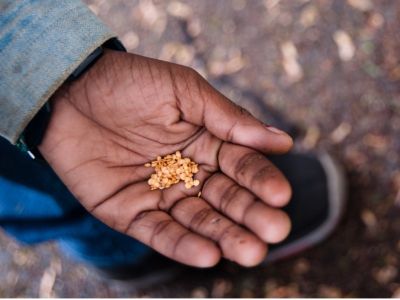Are My Seeds Viable?
Seed viability will vary from one type of plant to another. While the seeds of some plants will readily germinate for five or more years, others have a shorter life span. Fortunately, seed viability testing is an easy way to determine whether or not saved seeds are worth planting when the growing season arrives in spring. To begin the seed viability experiment, gardeners will first need to gather the required materials. This includes a small sample of seeds, paper towels, and resealable plastic bags. Mist the paper towel with water until it is consistently moist. Then, spread the seeds across the paper towel and fold. Place the folded paper towel into the sealed bag. Label the bag with the seed type and the day that it was started then move the bag to a warm location. When checking for seed viability you should ensure that the paper towel is not allowed to dry during the process. After about five days, you can begin to open the paper towel to check to see how many seeds have germinated. After two weeks have passed, gardeners will have a general idea of the current germination rates in regard to the saved seeds. While this seed viability experiment is easy to conduct, it will be important to remember that some types of seeds may not yield reliable results. Many perennials have special germination requirements, like cold stratification, and may not give an accurate picture of seed viability using this method.
